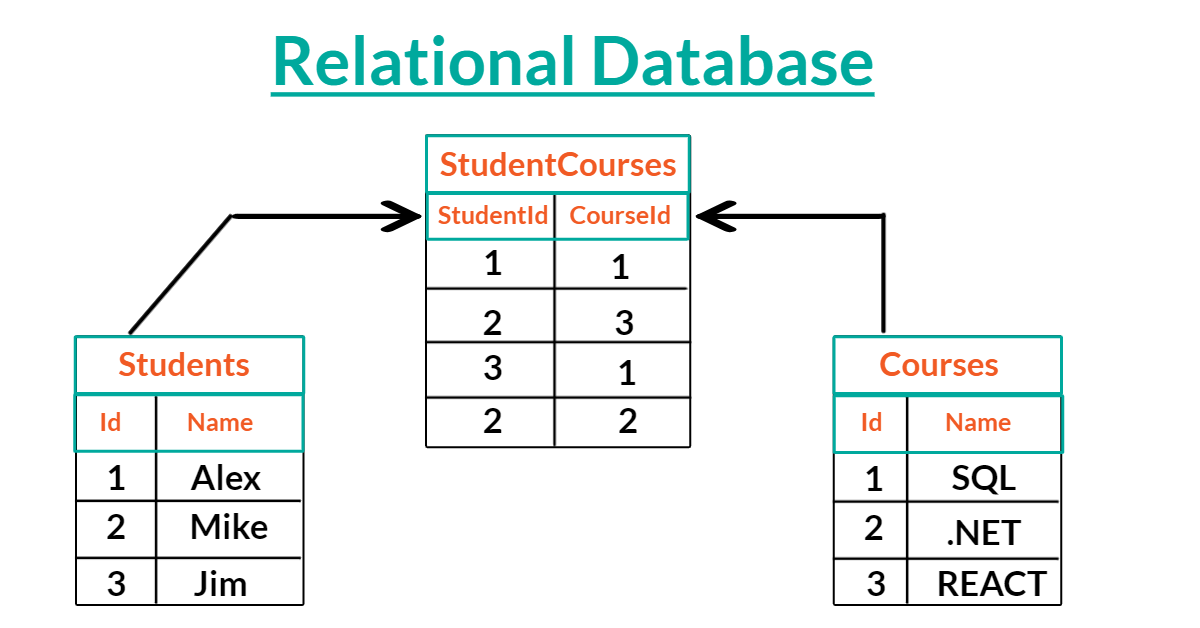Text copied!
What is T-SQL
What is T-SQL?
Hi! Before diving into T-SQL, make sure to check our post on What is MSSQL? for a comprehensive overview. In this tutorial, we'll explore the essence of T-SQL, MS-SQL, and SSMS.
Table of content :
1. Understanding the Basics
· Database
· Relational Database
· RDBMS
· Demystifying T-SQL, MS-SQL, and SSMS
2. What is T-SQL
3. MS-SQL
4. SSMS
5. Applications of T-SQL
Database :
A database is an organized collection of data, stored and accessed through a software system designed for efficient and secure data management. Databases handle large amounts of data, such as customer information and inventory.

Relational Database :
Relational databases are widely used in business and other applications, organizing and analyzing data in a structured manner. They leverage SQL (Structured Query Language) for easy data manipulation.

RDBMS :
RDBMS (Relational Database Management System) is software managing data in relational databases. Examples include SQL Server, Oracle, MySQL, and SQLite.
Demystifying T-SQL, MS-SQL, and SSMS
What is T-SQL :
T-SQL (Transact-SQL) is a procedural language for managing and manipulating data in Microsoft SQL Server. Extending standard SQL with features like variables and error handling, T-SQL is used to create and modify database objects and manipulate stored data.
CREATE DATABASE Test1;
MS-SQL :
MS-SQL is a relational database management system (RDBMS) designed for storing, managing, and retrieving data in various applications and services.
SSMS :
SSMS (SQL Server Management Studio) is an integrated development environment used to manage and administer Microsoft SQL Server. Download it from below link.
https://learn.microsoft.com/en-us/sql/ssms/download-sql-
server-management-studio-ssms?view=sql-server-ver16